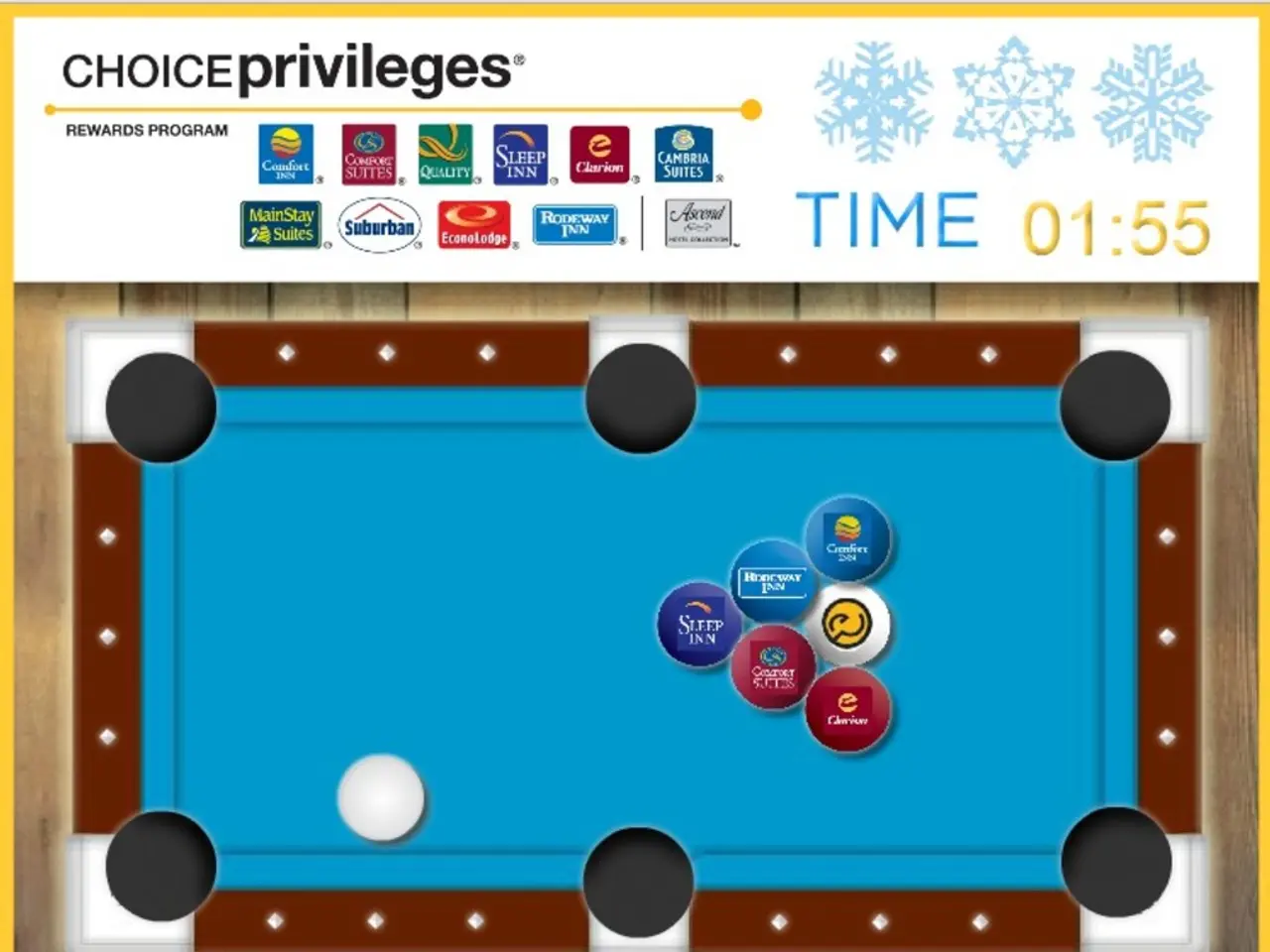Nvidia's Latest Driver Update Introduces Smooth Motion to RTX 40-Series GPUs, Similar to AMD's Fluid Motion Frames, Promising a Double in FPS with a Simple Click in Any Game
In a significant development for gamers, Nvidia's Smooth Motion — a driver-level AI-based frame generation technology — can now be enabled on RTX 40-series GPUs, such as the RTX 4090, using a developer preview driver and NVIDIA Profile Inspector.
**Steps to Enable Smooth Motion:** 1. **Sign up for an Nvidia Developer account** to access the necessary developer drivers. 2. **Download and install the GeForce 590.26 Preview Driver**, the latest developer driver with support for this feature. 3. **Launch NVIDIA Profile Inspector**, a popular GPU configuration tool. 4. **Load your GPU profile** or create a custom profile for your games. 5. **Navigate to the “Common” settings tab** and find the **Smooth Motion** toggle. 6. **Enable Smooth Motion**, despite warnings that it is for RTX 50-series only, users on forums report success with RTX 40-series cards.
It is important to note that this process is unofficial, as Smooth Motion is not yet officially enabled for RTX 40-series cards in mainstream drivers. Users may encounter stability issues or lack of official support, but early adopters report positive results.
**Performance Benefits of Smooth Motion vs. Native DLSS**
| Feature | Smooth Motion | Native DLSS (Frame Generation) | |------------------------|----------------------------------------------------|--------------------------------------------------| | **How It Works** | Driver-level AI interpolates frames between real frames, similar to AMD Fluid Motion Frames, and works in any game—no developer integration required. | Game-integrated AI frame generation, requiring developer support and game updates. | | **FPS Gain** | Effectively doubles (or substantially boosts) perceived frame rate, regardless of game support. | Boosts frame rate only in games with developer support. | | **Game Support** | Works in any DirectX 11/12 game, even those without DLSS. | Only works in games that support DLSS Frame Generation. | | **Image Quality** | Offers smoother gameplay, but may introduce artifacts or ghosting depending on the scene. | Typically higher image quality, less ghosting, and optimized for the game engine. | | **Latency** | May introduce additional input lag due to interpolated frames. | Latency can be mitigated by Reflex and other game integrations. | | **Ease of Use** | Enable once at the driver level for all games. | Requires per-game implementation by developers. |
**Key Differences:** - **Smooth Motion** is a universal, driver-level solution that increases frame rates in any game—even older or unsupported titles—by AI-generating additional frames between the GPU’s rendered frames. This means a wider range of games can benefit from smoother motion and higher perceived performance. - **Native DLSS (Frame Generation)** is a game-specific, higher-quality solution that integrates deeply with the rendering pipeline. It typically offers better image quality, less artifacting, and lower input latency, but only works in games where developers have implemented support. - Smooth Motion is revolutionary for gamers who want smoother performance in non-DLSS games, but it may not match the polish and reliability of native DLSS Frame Generation, especially in terms of artifact control and latency.
This development offers an alternative to third-party software like Lossless Scaling, and even provides a long-overdue update for games that do not natively support DLSS, such as World of Warcraft. In World of Warcraft, enabling Smooth Motion increased frames from 82 to 164 FPS without additional latency.
While Smooth Motion may not offer the same level of quality as native DLSS, it still represents a significant improvement over not having access to the feature, providing increased frame rates with minimal noticeable dip in quality. The GeForce 590.26 Preview Driver, a beta intended for developers or enthusiasts to test the upcoming driver, opens up new possibilities for gamers on RTX 40-series GPUs.
- Many gamers with RTX 40-series GPUs are using Smooth Motion, a driver-level AI technology, to boost the frame rates of their smartphones and gadgets, even in games that don't natively support DLSS, such as World of Warcraft.
- While native DLSS is often praised for its higher quality and lower latency, the recently enabled Smooth Motion can offer a considerable boost in frame rates for many games across various technologies, making games run smoother on RTX 40-series GPUs.




